November 18, 2020 2 Comments
Are you used to black cups of joe? Then you might have felt lost in front of all the different types of coffee drinks on the blackboard of the most hipster café in town. Perhaps you’d like to try something new, but aren’t too sure why their names change depending on how frothy the milk is? Let’s get you one step closer to finding your new favorite coffee… without any fancy jargon.
Different types of coffee drinks: a guide to deciphering any café’s menu
Black coffee

This is what you get when you order a pot of joe or brew a coffee with automatic drippers, manual pour overs or French presses. The coffee-to-water ratio can change, but it’s usually around 1:15.
Americano
The Italian word for American coffee refers to a cup obtained by pouring hot water onto a shot of espresso. Apparently, it dates back to when American soldiers had to ration and dilute coffee to make it last longer during World War II.
Long black
Obtained by pouring an espresso or double espresso onto the hot water, which helps retain their crema, the thin top layer of brown foam.
Espresso

The most popular coffee in Italy, espresso is a highly concentrated shot that follows a 1:2 ratio. Find out all about it in our espresso guide.
Ristretto
‘Shortened’ in Italian, this is a smaller variant of the already concentrated espresso: slightly weaker but more aromatic.
Lungo
Another espresso variant, a lungo (‘long’) has more water because it’s brewed for double the time, which gives it a stronger caffeine kick.
Doppio or double espresso
It’s simply a shot made with a two-spout portafilter, using double the amount of coffee than single espressos.
Macchiato

You’ll probably get a different macchiato depending on where you order it. Meaning ‘stained’, it’s traditionally made by adding a spoonful of warm froth to a shot of espresso (‘macchiato caldo’, hot) or a dash of cold milk (‘macchiato freddo’).
Latte

Three parts of milk, one of coffee, and a top layer of froth. This coffee drink gave origin to latte art, the method of creating patterns onto its surface by pouring steamed milk in a specific way.
Latte macchiato

Similar to lattes, it’s made by pouring a shot of espresso into a glass of steamed milk instead of the other way round, allowing you to see the clearly defined layers of foam, coffee and milk.
Cappuccino

Named after the Capuchin friars’ brown robes, it consists of equal parts of espresso, milk and froth, and can be topped with a sprinkle of chocolate powder. If you really want to impress—or annoy—your barista, ask for a wet (slightly more steamed milk than froth) or dry cappuccino (the other way round), or even a bone-dry cappuccino, which is just coffee and froth.
Flat white

When ordering a flat white, you’re pretty much guaranteed to be rewarded with a leaf or swan on top, as its texture is perfect for latte art: it’s usually made with a double-shot of espresso and micro-foamed milk.
Cortado

This even mixture of espresso and steamed milk has a much flatter texture than—ironically—flat whites or lattes, and is usually served in a glass. Meaning ‘cut’ in Spanish, it’s particularly popular in Latin American countries.
Mocha or mochaccino

Chocolate makes everything better… even coffee! Named after the Yemeni city that was central to early coffee trade, a mocha is just like a latte, but includes a teaspoon of drinking chocolate.
Phew, those were a lot of different types of coffee drinks, but we’re sure that you’ll now be able to decipher even the quirkiest menus. Which drink do you like the sound of the most?
2 Responses
ALETA Clsyton
February 24, 2023
Am I beyond consideration as a Moka pot enthusiast? I love my Illy Classico for moka pots with half and half foam. That doesn’t seem to be any recognized drink. Is it?
Leave a comment
Comments will be approved before showing up.
Also in Fire Department Coffee News
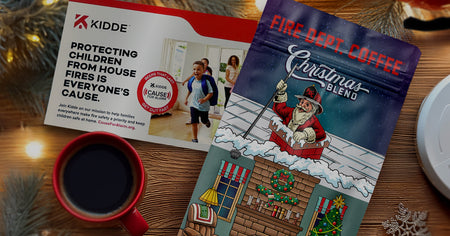
Fire Department Coffee and Kidde Working Together to Promote Fire Safety
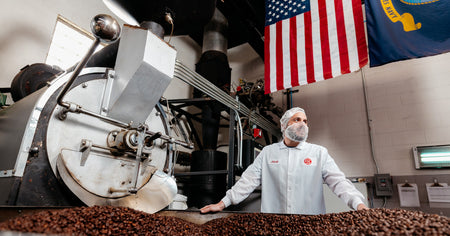
From Barista to Coffee Expert: Fire Dept. Coffee's Jacob Ball Brews Success
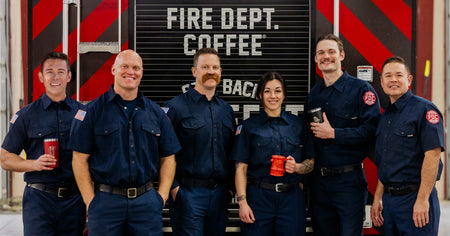
Get to Know the Hilarious, Hardworking Team Behind FDC Videos
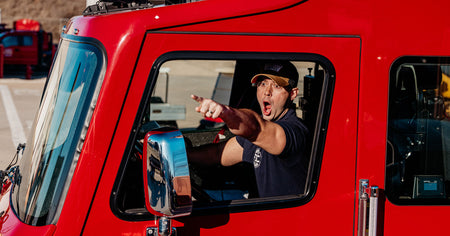
From Fan to Family: How Lance Woodruff Became an FDC Star
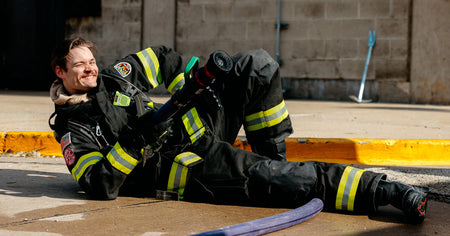
Marine, Musician, Firefighter: Josh Kennedy is Doing It All
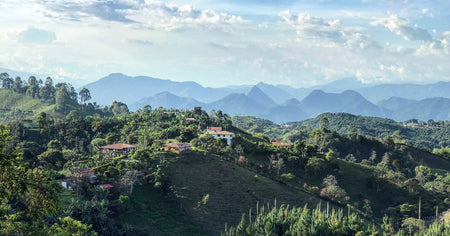
January's Coffee of the Month Club Kickstarts a Journey to 100% Direct Trade Coffee

FDC Mobilizes Rosenbauer Fire Truck for Tennessee Tornado Relief
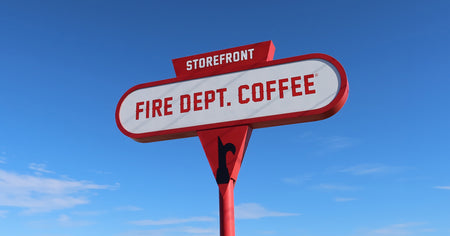
Fire Dept. Coffee's First Retail Shop Opens in Rockford, IL
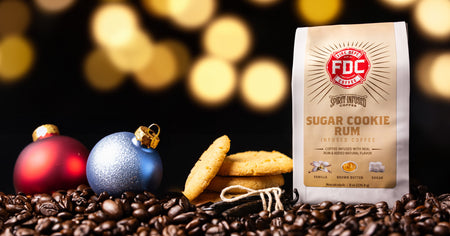
Sugar Cookie Rum Infused Coffee - Spirit Infused Coffee Club

Fire Dept. Coffee Bound for Walmart Shelves After Open Call Event

Raising Our Mugs for Firefighter Appreciation Month

A Veteran, a Firefighter and FDC’s Community Hero in Indianapolis
FOLLOW OUR JOURNEY, GET SPECIAL OFFERS AND PROMOTIONS
- SPIRIT INFUSED COFFEE
- Bourbon Infused Coffee
- Whiskey Infused Coffee
- Rum Infused Coffee
- Tequila Infused Coffee
- Spirit Infused Coffee Club
- Spirit Infusion Process
GEAR
© 2025 Fire Department Coffee, Inc.
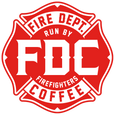
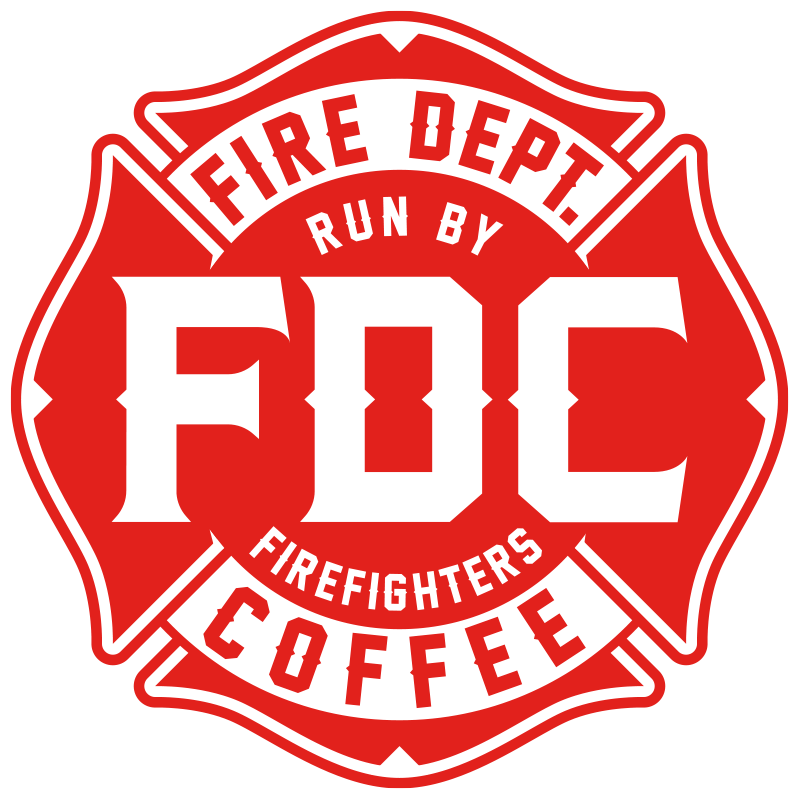







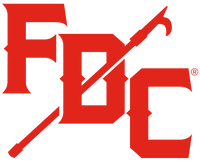



Josh F
April 16, 2023
I’m not sure I saw Breve here, also in Anchorage, Alaska we have a type of coffee called sludge, I’ve never tried it, but I believe it has something to do with the sludge usually leftover when making coffee.